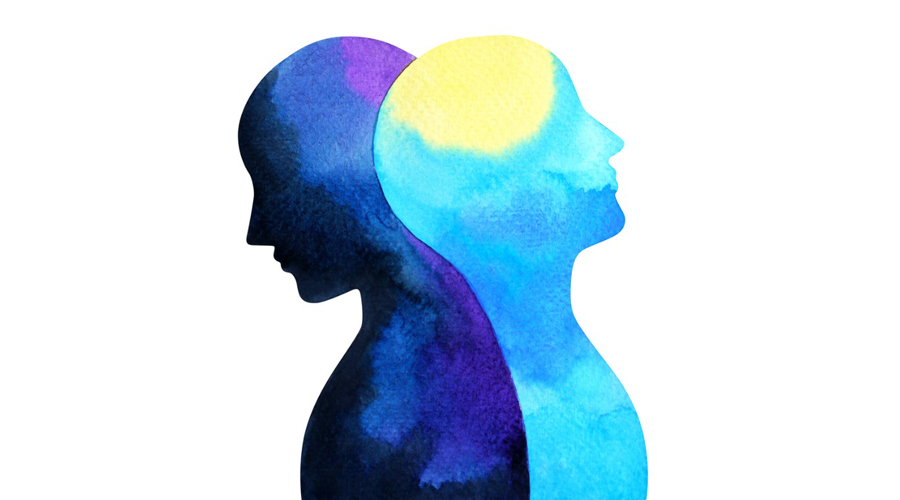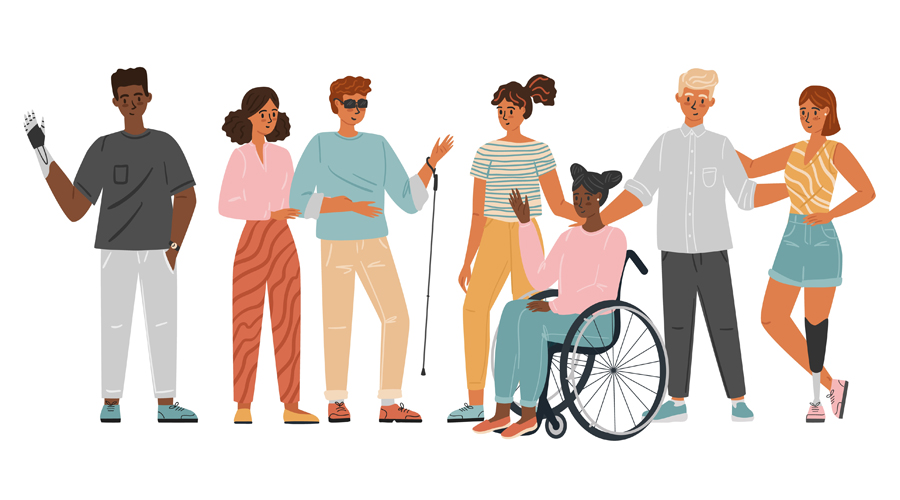Why We Need to Feel All the Feels: The Power and Opportunity in Feeling All Of Your Emotions
By Dr. Kate Truitt
Emotions are always present, ready to make an appearance in our lives whether we want them to or not. It may come as a surprise to learn that we experience a wide range of emotions on a daily basis – research suggests that we experience anywhere from 35 to 50 different emotions every day. As human beings, we have the ability to feel a vast array of emotions, spanning from the positive to the negative and from the beautiful to the ugly. While it can be overwhelming to handle such a wide range of feelings, it’s important not to shy away from them. Attempting to ignore or deny them can prevent us from growing and changing.
It’s worth noting that I used the terms emotions and feelings interchangeably in the previous statement, as it’s a common practice, but they have distinct neuroscientific meanings. Emotions refer to the physical responses triggered by hormones and neurotransmitters released by the brain, while feelings are the conscious awareness of those emotional reactions. Though it may seem subtle, understanding this distinction can provide insight into how emotions and feelings are processed in the brain and body. I’ll delve further into this topic later.
An Introduction to Emotions
Examining the image below can give you a sense of the wide range of emotions we experience. Each of them holds significance and it is crucial for our overall well-being to learn how to identify and differentiate them, so that we can effectively manage them. It’s important to note that the terms “traverse” and “navigate” have distinct meanings in this context, as “traverse” means to pass through, often under challenging conditions, while “navigate” refers to planning, directing, and tracking one’s progress on a journey – to follow a set course. It’s essential to actively learn how to do both.

Emotions play a significant role in shaping the brainwave patterns we experience on a daily basis. The ability to move in and out of different brainwave states is a sign of a healthy and functioning brain. Brené Brown, an expert on courage and vulnerability, has a powerful quote about emotions in her book Rising Strong: “We cannot selectively numb emotions. When we numb the painful emotions, we also numb the positive emotions.” This highlights the importance of intentionally experiencing a wide range of emotions, whether they may be considered positive or negative.
It’s natural to not want to feel negative emotions such as anger, fear, or shame all the time, but it’s also important to recognize that constantly feeling positive emotions such as happiness, relaxation, or excitement can also be harmful to our overall well-being. In this context, it’s crucial to have tools and strategies to help us “feel all the feels” in a healthy way, so that we can grow and build resilience in our brain.
Starting with Awareness
Having a broad range of emotional language at your disposal can increase your capacity for resilience and self-awareness. As a first step, I suggest starting a daily practice of writing down four to six emotions that you’re experiencing. You can use the wheel provided as a guide or come up with your own names for these emotions. Once you’ve identified these emotions, pay attention to them both mentally and physically, and allow them to reveal what they look and feel like.
Many people try to avoid difficult emotions as they can cause stress, but it’s important to understand that all emotions can be stressful, whether they are considered “positive” or “negative.” Emotions are physical reactions and any physical reaction comes with stress. For example, laughing hard can make your eyes tear up and cause stomach discomfort. This demonstrates the stress that your brain goes through even when you’re having a great time. Negative emotions can also cause intense reactions, but in order to heal, grow, and achieve a state of thriving, it’s necessary to confront some of these challenging emotions in a purposeful way.
Why Do the Hard Emotions Matter?
The frontal lobe, also known as the prefrontal cortex, is a crucial part of the brain that allows us to learn from our mistakes. It is the higher, “thinking” part of our brain that has played a vital role in our survival and evolution as a species. However, the emotional responses that can sometimes hinder our progress are a result of the frontal lobe not fully engaging in the present moment. To overcome these responses, it’s essential to understand how the survival-oriented part of the brain, specifically the amygdala or “Amy,” interacts with our daily lives.
When Amy perceives a threat, she begins to manage the flow of information in the brain, which can lead to the shutdown of the prefrontal cortex. This is because Amy’s primary function is to ensure our survival, and therefore, she takes priority in the information processing sequence, getting there a split second before the thinking brain has the opportunity to assess the level of threat.
Blink!
To illustrate this concept, try blinking your eyes. Four times faster than your awareness of the blink, the amygdala (Amy) has already assessed the level of threat to you and determined how much it will involve the prefrontal cortex in your response. If Amy’s attention is heightened by 40%, the prefrontal cortex is only functioning at 60%. If Amy is at 80%, the prefrontal cortex is only 20% functional. If you’ve ever wondered why you had an extreme reaction or emotional outburst, it’s likely due to Amy taking charge.
Befriending Your Feelings
It’s important to view all emotions as friends because it allows us to take advantage of our potential to rise above difficult emotions and shape our own experiences. Giving validity to the emotions we experience can help us to use them as valuable sources of wisdom for the future. If you find it hard to imagine yourself making this work, I invite you to watch the video titled “A Self-Havening Guided Meditation for Greeting all Feelings as Friends.” This exercise will teach you how to incorporate all emotions into your daily experiences, helping you to identify when a strong emotion arises and develop a deeper relationship with these feelings.

















